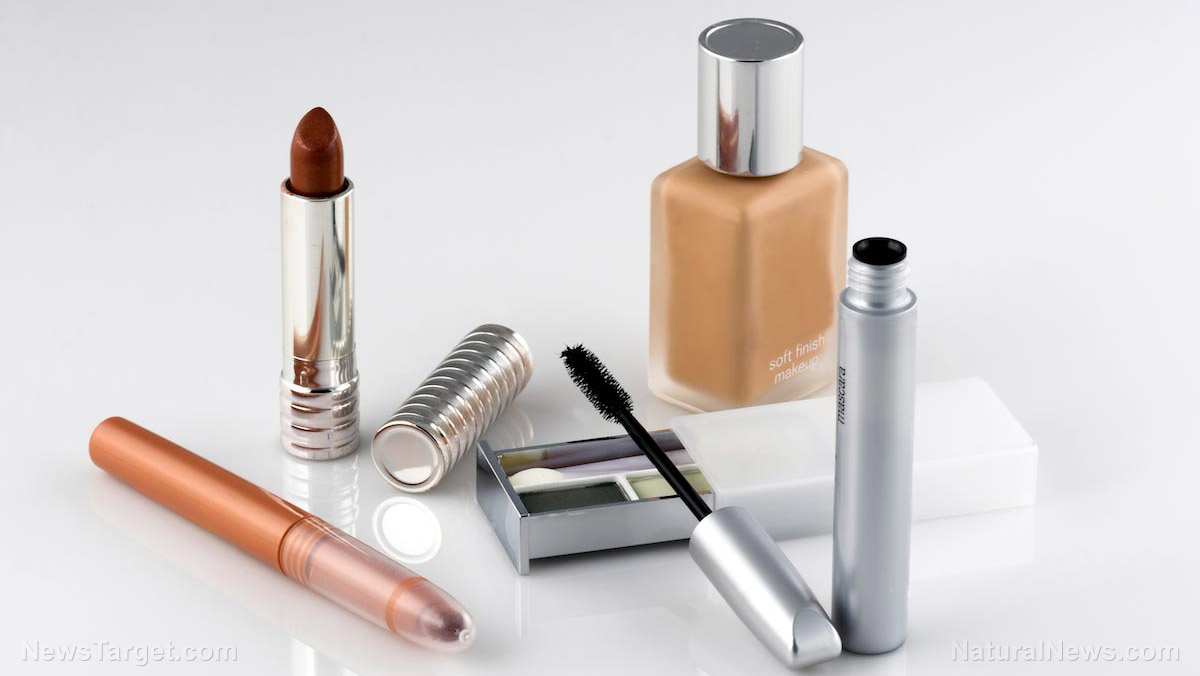Are endocrine disruptors the reason boys are being feminized?
03/14/2019 / By Isabelle Z.

A concerning shift has been taking place over the past few decades, and it’s something that hasn’t gotten a lot of attention in the mainstream media. Male births have been dropping dramatically, and the trend could put the human race in jeopardy if it continues.
Male births have always outnumbered female births, likely because male infants tend to be more fragile and less likely to survive their earliest months than their female counterparts. Between 1900 and 1950, around 106 baby boys were born for every 100 baby girls. After 1970, however, the ratio started dropping. While having one male fewer out of every 1,000 births might not sound like a whole lot, this equates to as many as 100,000 males across a population the size of the U.S., and the trend shows no signs of stopping.
Male babies being born females
What exactly is happening? Some of the world’s top environmental scientists believe that these boys are being born females! They have singled out endocrine-disrupting chemicals (EDCs) as the cause of this shift. These compounds, which are found in many common household goods, mimic hormones and are being blamed for conditions ranging from obesity and infertility to diabetes and cancer. Males are particularly vulnerable to the genital deformities and sex-related issues these chemicals cause.
Male and female fetuses actually start out being pretty much identical, and then hormones step in to create the differentiation between males and females. EDCs mimic hormones like estrogen, essentially interfering with the biological process that creates males.
Because the gonadal cells that build sex organs proliferate rapidly, they are more likely to replicate errors, making them highly susceptible to these chemicals that can convert genetic boys into girls and also feminize male babies. The male brain can even be altered during the periods when sexual preference, appearance and expression develop, with mixtures of EDCs being much more disruptive than single exposures.
EDCs like phthalates are found in food packaging like canned food and plastic bottles, cleaning supplies, and cosmetics like lotions and perfumes. Mount Sinai School of Medicine Pediatrics Professor Philip Landrigan believes EDCs are behind the doubling he has recently seen in urethra misplacement in newborn boys. The hormonal damage caused by EDCs can take years or even decades to show up.
The situation is so dire that the government of Denmark issued a 326-page report about how EDCs are behind the drop in male births and the “feminization” of existing male births. This manifests itself in the form of smaller penises, damage to the male reproductive tract, undescended testes, decreased sperm counts, and misshapen sperm.
In fact, an Inuit community that is surrounded by chemical factories has been producing two girls for every boy that is born, and similar trends have been seen in contaminated communities elsewhere in the world, including Israel, Taiwan, Italy, the Arctic Circle, and Brazil.
Don’t confuse nature
If you want to reduce the possibility of EDCs turning potential boys into girls and let things happen as nature intends, you’ll need to avoid phthalates and other endocrine disruptors. Stick to natural food whenever possible, particularly if you grow it yourself, as processed foods are more likely to come into contact with phthalates.
Do not eat any food that has been heated in plastic, and avoid drinks that are sold in plastic packaging. You might also consider giving up meat. A 2010 study discovered that consuming a vegetarian diet for just five days resulted in a dramatic decline in phthalate levels in people’s urine.
Dr. Shanna Swan of the Icahn School of Medicine at Mount Sinai recommends that people eat organic food to avoid the residues from pesticides. She also suggests avoiding contact with thermal printer receipts, like those that come from gas pumps and ATMs.
Sources include:
Tagged Under: chemicals, EDCs, Endocrine disruptors, men's health, phthalates, poisons, toxins



















